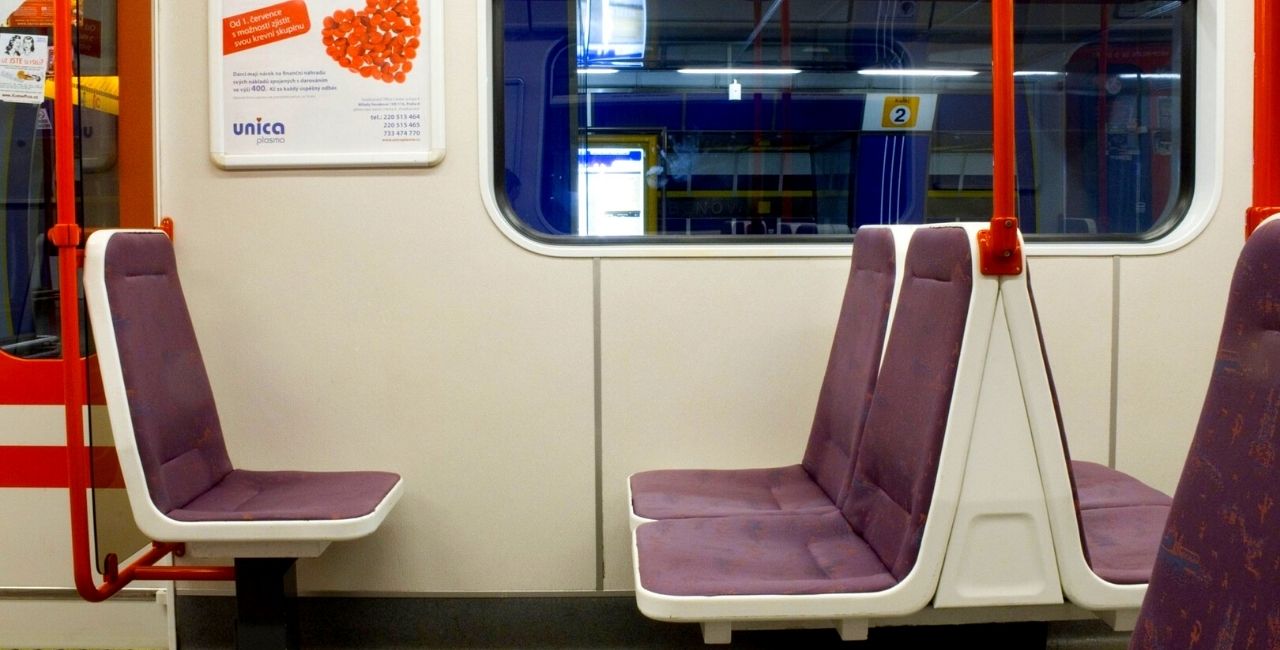In the online survey of the Prague Public Transit Company (DPP), people living in Prague can comment on the future shape of seats and their distribution in metro trains.
All passengers who use the Prague metro at least once a week can answer the questions on the DPP website by the end of April.
The survey consists of 12 questions. Respondents can give their opinion on the location of single seats in the direction of travel, but also, for example, what type of seats they would prefer on metro trains and how often they use the Prague metro.
According to its spokesperson, the results of the DPP survey will be announced at the beginning of May.
Seats placed sideways to the direction of travel will now be found in 12 metro trains on lines A and B. Prague and DPP have been testing this location in cars for about a year.
“When you take the metro, you see that almost every passenger in this third seat, opposite the two-seater, always sits turned sideways. Only when he’s there with friends will he sit facing the two-seater, but only in exceptional cases,” says Adam Scheinherr, Deputy Mayor of Prague.
The seats will turn 90 degrees, facing the aisle. The test operation of the turned seats is currently in one set on metro line A.
“Based on the results of the survey, the DPP board of directors will further decide how to proceed with the rotation of single-seaters on trains 81-71M, which run on lines A and B,” said DPP spokesperson, Aneta Řehková. The new model of rotating seats is not confirmed to be applied to all metro train lines. It all depends on the positive results of the passenger surveys.
According to the spokesperson, the individual seats will be rotated by DPP during maintenance and technical inspections of 81-71M trains, so that the changes do not entail additional costs.
In the M1 sets, which run on line C, the seats cannot be rotated due to the different layout of the seats, the way they are fastened and due to the space in the wagon, Řehková added.
DPP is the largest city company and operates the metro, trams, buses and cable car to Petřín. The company employs almost 11,000 people.
Support Prague Morning!
We are proud to provide our readers from around the world with independent, and unbiased news for free.
Our dedicated team supports the local community, foreign residents and visitors of all nationalities through our website, social media and newsletter.
We appreciate that not everyone can afford to pay for our services but if you are able to, we ask you to support Prague Morning by making a contribution – no matter how small 🙂 .




